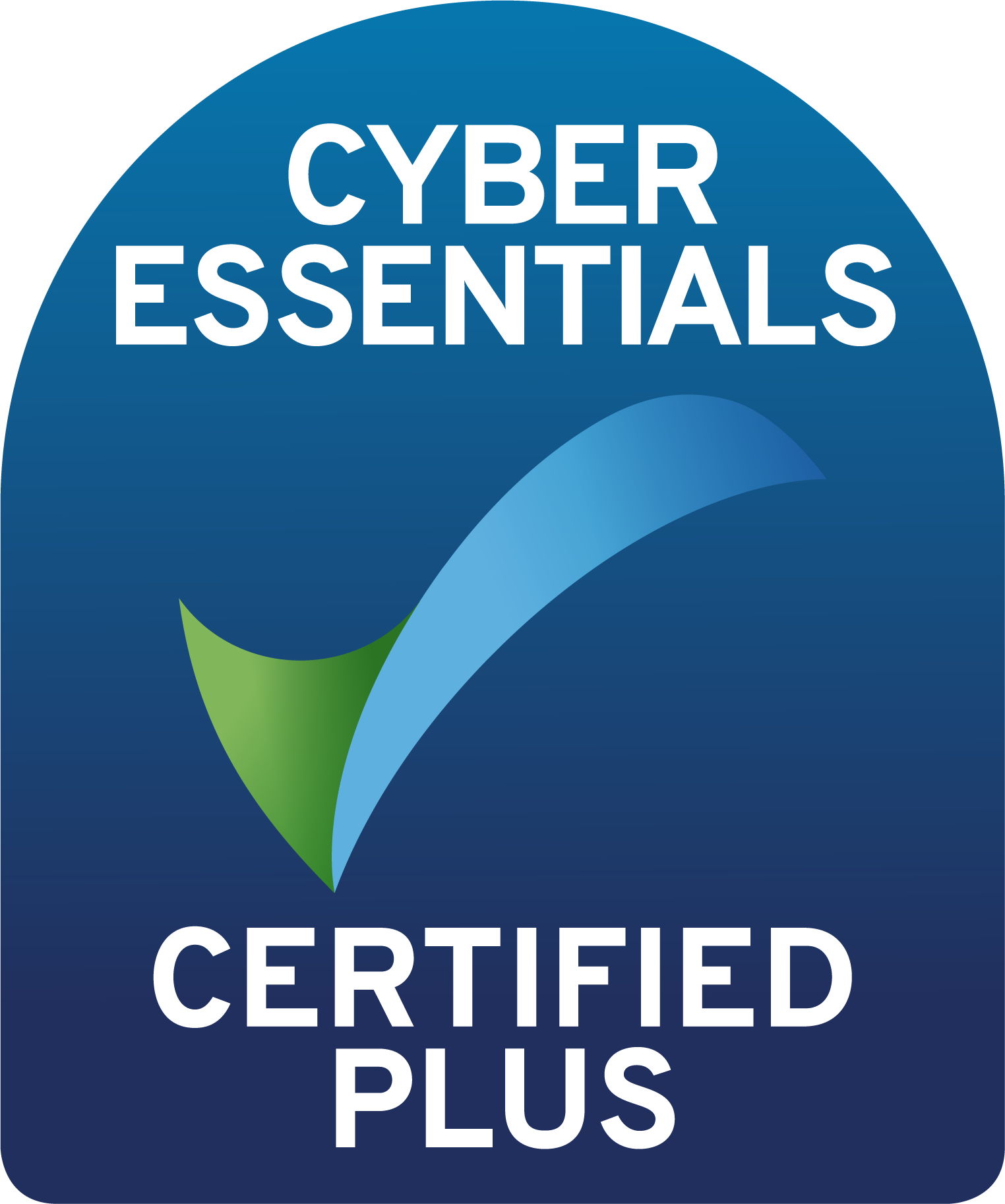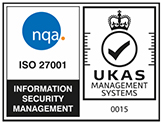We’re here when you need us
Brachial Plexus Injuries
The brachial plexus is a network of five nerve groups that travel from the spinal cord to the fingers, wrists, arms and shoulders. Each nerve group controls the movement and sensation of specific areas of this part of the body.
A brachial plexus injury occurs when these nerves are damaged resulting in Erbs Palsy (where the upper group of nerves are damaged) or Klumpke’s Palsy (where the lower groups of nerves are damaged). Damage to the nerves can be broken down into four main groups:
Avulsion: The avulsion is the most severe type of injury. This is a complete tearing of the nerve root from the spinal cord. These types of tears are rarely treatable with surgery and usually result in permanent disability.
Rupture: Ruptures are tears of the nerve root beyond the spinal cord. Though nearly as serious as avulsions, they can sometimes be surgically repaired to improve the overall outcome.
Neuroma: This is where scar tissue has formed around the injury, restricting signals from the nerve to the muscle. This type of injury varies in severity.
Neurapraxia: The nerve is stretched and damaged, but not torn. Again this can vary in severity.
Brachial plexus injuries are most common when there is difficulty delivering a baby's shoulder; this is called shoulder dystocia. During vaginal birth, a baby’s shoulder may become lodged behind the mother’s pubic bone. This is an emergency because the baby’s head is outside of the birth canal, but its neck has not emerged. The mother’s contractions then put pressure on the baby’s neck and body, which can be fatal.
As soon as it is apparent that the baby’s shoulder is stuck, the delivery team must work quickly to deliver the baby to prevent brain injury or death. Obstetricians are trained to perform the following procedures in this order:
McRoberts Maneuver: the mother’s legs are bent up toward her chest, this widens the pelvis and flattens the spine of the lower back. If the baby’s shoulder does not dislodge, the medical team should move to the next procedure.
Suprapubic Pressure: Pressure is put on the mother’s stomach at a forty-five degree angle to rotate and push the trapped shoulder below the mother’s pubic bone. The pressure should be applied to the lower abdomen only.
Wood’s Screw Maneuver: The obstetrician puts his hand inside the birth canal, next to the baby’s shoulder and rotates the baby to dislodge the shoulder.
Episiotomy: An episiotomy is a surgical cut to the area between the vagina and the anus. The theory is that it gives the baby more room for delivery.
Zavenelli Maneuver: This is rarely used, and requires the obstetrician to push the baby back into the vagina, and deliver the baby by emergency cesarean section.
Symphsectomy: Also rarely used, the symphsectomy surgically cuts the mother’s pubic bone to allow room for the baby’s shoulder to come through.
Medical Negligence
During the course of trying to release the shoulder and deliver the baby as quickly as possible to avoid brain damage and death, a brachial plexus injury may be caused. Obstetricians often defend their actions in brachial plexus cases by arguing that it was an emergency situation and they had little time to react. Whilst this is true, these injuries are not unexpected and should be given due consideration whenever the above procedures are attempted. In addition there are a number of risk factors that place obstetricians on notice that a brachial plexus injury is more likely. These risk factors include things such as an extremely large baby or maternal diabetes. In situations such as this, alternative methods of delivery should be considered and complications planned for.
Diagnosing and Treating a Brachial Plexus Injury
Brachial plexus injuries are usually diagnosed by a baby’s pediatrician. If the parents or the doctor of a baby notices arm weakness, the doctor may order tests such as an MRI or a nerve conduction study (NCS). These tests help to determine whether there is any damage to the nerves.
If an injury is diagnosed then treatment options will fall into two categories. The first option is surgery, which may bring back some amount of function. Additional follow-up surgeries may be required to remedy any continued weakness. The other option is daily physical therapy, where a therapist and the baby’s parents manually move the affected limb to keep it supple and healthy.






